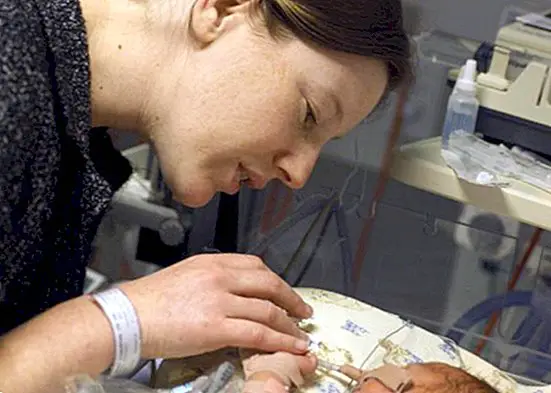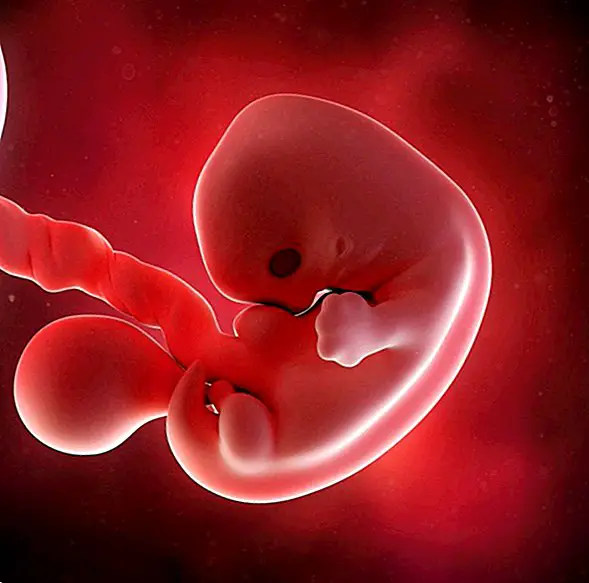NIDCAP method: an ideal model for newborns and premature babies
In 2007 it was estimated that around 30,000 premature children were born in Spain. The figure was maintained in 2012, when it was estimated that 29,122 premature children were born during that year, a percentage that reached 6.41% and that was 1 in every 13 births. While the World Health Organization (WHO) estimates that about 15 million premature babies are born every year.
A birth is considered premature when the baby is born before week 37 of gestation, when a term pregnancy tends to be 40 weeks. In fact, a pregnancy usually tends to last about 40 weeks.

Given that in the last months and weeks of pregnancy there is a significant growth and development of the baby, when it is born very soon the baby has a lower weight and also some health problems since their organs have not yet developed enough.
Among other problems, they may have hearing and vision problems, respiratory problems, difficulties to eat normally, developmental delay and cerebral palsy. Thus, premature babies need special medical attention, which is done in the neonatal intensive care unit.
It's here when we meet the one known as NIDCAP method, which becomes a new and revolutionary approach in the management of premature babies.
What is the NIDCAP method and what is it?
It is a medical approach developed by Dr. Heidelise Als and her colleagues, which takes into consideration a wide diversity of environmental factors, through a comprehensive approach towards the supported care of the development of the baby, individually treating both the goals and the Stability level of the child.

That is, it is a focused method for all babies and children, but it has incredible advantages for the proper development of the premature baby.
It's about a care system that places parents as the primary caregivers of the newborn, helping it to be treated at every moment according to its level of development.
What are your benefits for the premature baby?
Among other aspects, it is about reducing the intensity of both noise and light that may affect the rest and development of the premature baby, thus maintaining an incubator with an atmosphere similar to that present in the maternal womb.
Certain devices are also used that contain and adjust the fetal position of the premature, especially useful to improve muscle tone and elasticity.
Skin-to-skin contact is favored improving the mother / father-baby bond, which in turn decreases nosocomial infections that are acquired in the hospital environment.

In addition, it is common for doctors, nurses and midwives group all procedures, in this way, the sleep cycle of the premature baby is interrupted as little as possible. Equally non-pharmacological analgesia measures are used especially for procedures that involve a pain intensity considered as medium-low.
As we see, it is a model or approach that is especially important and with fundamental advantages, which not only reinforces the bond between parents and their child, but also improves the prognosis not only in the short term but also in the long term of the child admitted to the unit of neonatal intensive care, especially among preterm infants and those who have presented greater seriousness at birth. This article is published for informational purposes only. You can not and should not replace the consultation with a Pediatrician. We advise you to consult your trusted pediatrician. ThemesNewborn


